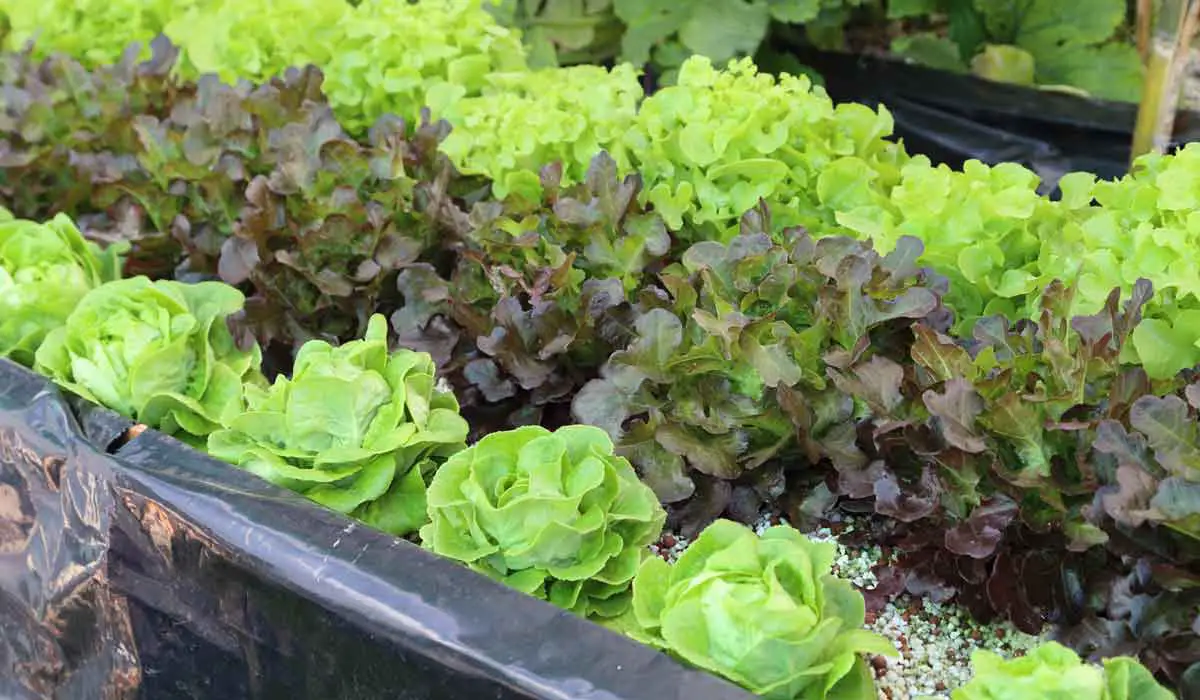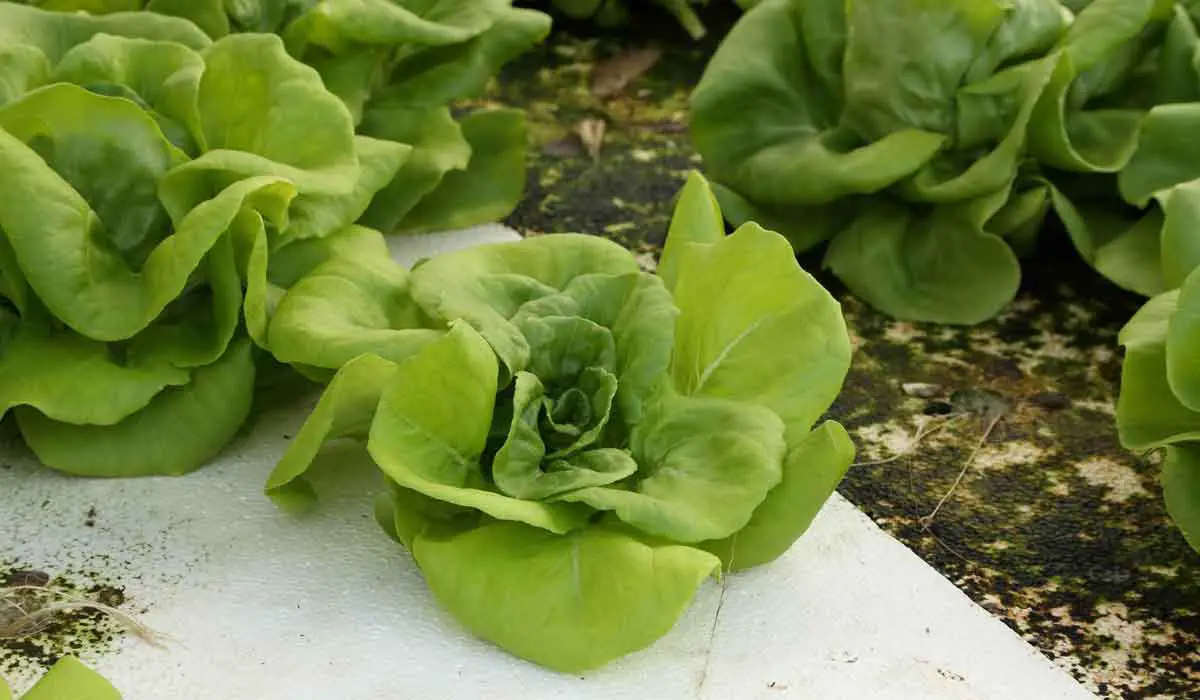How Often Should I Change My Hydroponics Water?

This post follows our research editorial guidelines.

When asked this question I make the comparison of water to a situated stack of bed sheets. They must be made up correctly, checked for problems and changed regularly.
While bed-sheets can stink if they’re left in place too long, elderly hydroponics solution results in algae growing in your system, root problems or malnutrition. Just like sleeping in a grubby bed, poor water won’t inspire your plants to put their best foot forward.

How often should you change your hydroponic water?
The frequency of water changes depends on your system. In some passive hydroponics systems the water is added once, or is only topped off from time to time. For active hydroponics systems, change the water between once every seven to twenty-one days.
How to Fix Hydroponics Water: Topping off vs Full Change
The plants in your system extract the water in your nutrient solution and use it in a number of ways. They exhale as they photosynthesise, and allow it evaporate in ways that helps keep them cool. Even a perfectly sealed system with no gaps for water to escape will need to be topped up from time to time, and given a full change regularly.
Topping up refers to adding pH balanced water to the system in order to maintain the level of the solution. It’s common to top up every couple of days. This keeps the pH and EC in good shape. Track how much you add, because once you’ve added the entire volume to your tank you’ll need to do a full change.
A full change involves emptying the whole tank and starting with fresh solution. Doing this regularly makes sure the radios of minerals in your solution remain balanced and ready to support growth.
“Plant water status is the balance of water uptake and water loss. In a greenhouse crop, these are controlled by the grower through irrigation and climate control. Water loss, or transpiration, depends on the weather (sun, humidity, wind), as well as on leaf area and opening of the pores in the leaves (stomata). These stomata open and close very dynamically to regulate the transpiration.”
Dr Elly Nederhoff, researcher, Wageningen University.
It’s also great opportunity to clean your tank. I like to use dilute 35% hydrogen peroxide to prevent issues brewing down below.

Testing to determine water changes
To get an idea of how often you need to adjust your water, check your pH and your electrical conductivity. If they fall out of whack it’s time to top up or change completely.
The pH of your solution controls how readily nutrients are absorbed by the roots of your plants. Over time the pH of your solution can shift. Usually this is in response to what your plants are doing, but other factors can have an impact.
A safe pH range depends on what’s growing. Basil tolerates pH as low as 4, but other crops like cabbages prefer as their solution aroud a neutral pH 7.
The electrical conductivity, or EC, reflects the density of the nutrient solution. It’s a short cut to work out how much of the liquid is water, and how much is fertilizer.
Much like pH, the ideal EC will change depending on your crop. Lightweight feeders like lettuce prefer milder solution, whereas hungrier crops like tomatoes want a solution that’s far richer.
Evaporation causes the solution to increase in potency over time. As the water is lost, the fertilizer remains. The EC will rise, and you risk damage to the plants as a whole.
| Test Results To Watch For | ||
| Result | Causes | Correction |
| EC too high | Evaporation | Add pH buffered top up water |
| EC too low | Plant activity | Add more nutrients |
| pH too high | Nutrient imbalance | Add pH buffered top up water |
| pH too low | Decomposing organic material, disease | Inspect system, top up with added buffer solution |
| PH swings low to high in steady day-night cycle | Algae in system | Full tank change, clean system |
How to Change Your Hydroponic Water
The technique for changing your hydroponic water varies with the system. But there are a few common threads that all systems share, and some common steps to take.
Step 1
Start by deactivating pumps, filters or air stones. For active systems, drain the rig into the tank. For Deep Water, Wicking and other passive systems, remove the plants or beds, being mindful of roots.
Step 2
Empty out the old solution. You can dispose of it in household drains, or re-use it in the garden for a boost to growth.
Step 3
Prepare your cleaning solution. You have a few choices when cleaning your system. Alcohol and 35% hydrogen peroxide solutions are safest, but a bleach solution made up with 1.3 oz. of unscented bleach in a gallon of water will do in a pinch.
Scrub all interior surfaces of your tank, paying special attention to any inlets, drains or other textured surfaces. Biofilm can build up around those areas.
Always rinse thoroughly with plenty of fresh water to remove any residue, both from your cleaning agent and the debris itself.
Step 4
Next mix up a fresh batch of hydroponic nutrient solution. Test it for pH, EC and temperature. Make sure all readings are in the acceptable range.
Step 5
Finally return all components of your rig to their proper place and power up your rig as normal.

FAQ
What causes more or less frequent water changes in hydroponics?
The biggest impact on your water schedule is the heat and light levels around your rig. A cool, mild day results in sleepy plants that use little water for their biological functions, so you can go for longer between top-ups.
A bright warm day on the other hand prompts your crops to use much more water, both in photosynthesis and to keep themselves cool. You’ll lose more to evaporation from tanks or trays, too.
What Can Go Wrong in Changing the Water?
Mistakes with your pH, EC and temperature can cause real dramas with your poor plants. Their roots become accustomed to certain conditions and don’t always adapt readily to change.
Always use the same water source when mixing your solution to maintain consistency. Temperature shock is also an issue – don’t pull plants from warm solution then flush them with icy water once the change is made. Imagine a cozy bath that suddenly turns chilly just as you start to relax and you’ll get the picture.
This is beyond the more obvious problems with spills, leaks and the hard work itself that comes in a water change. I’d be lying if I said I’d never damaged a plant during a hasty top-up or water change. It pays to take your time and treat your rig carefully.
How often do you need to add nutrients to hydroponics?
The frequency you need to add nutrients to your hydroponics setup depends on a wide array of factors. Use the right system and you’ll never need to touch the reservoir at all once the system is running.
My Kratky lettuces and cucumbers receive no extra water or nutrients during their growing season. All I do is seal them up and let them go. Other passives like wicking needs far less tinkering too.
More active systems need more active management. A densely packed Nutrient Film Technique setup will likely tear through its nutrition and require more frequent changes closer to once a week than once a month.

Before you go!
Hydroponic Deep Water Culture? Get Growing in 10 Easy Steps
Hydroponic radishes: The Secret to Growing the Best radishes Indoors
How to make your own AeroGarden pods
How to Grow Hydroponic Plants with Coco Coir? Choosing The Best type